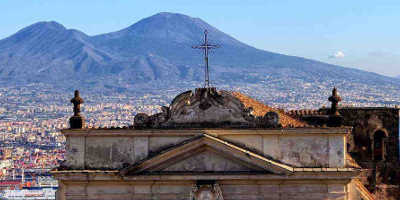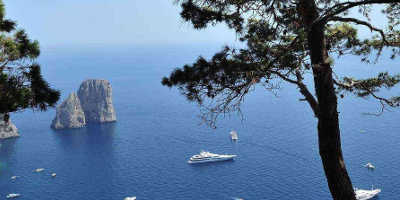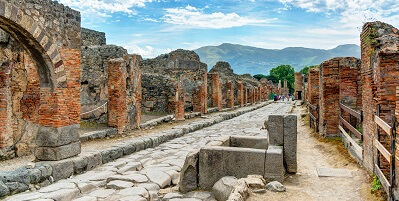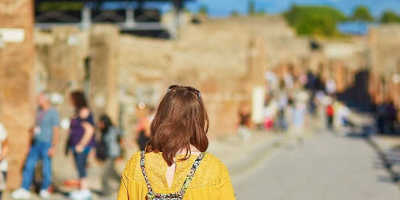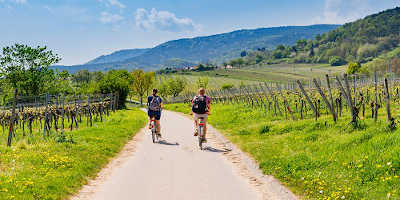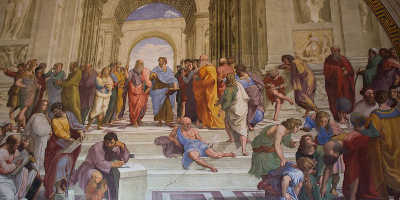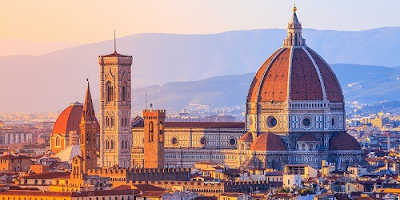Did everyone die at Pompeii?
Learn how the destruction of Pompeii unfolded and the lives that Mount Vesuvius took during its biggest eruption to date
The legend of Pompeii; listed as the most famous volcanic eruption in history, causing catastrophic damage in 79 A.D. to the ancient Roman city. According to legend, the citizens of Pompeii were met with a loud burst of smoke on top of the nearby mountaintop. Little did they know that this mountain top was, in fact, a volcano which was set to erupt and destroy the entire city. The eruption destroyed the entire city, covering the area with a thick layer of ash that hid the ruins for thousands of years. Nowadays Pompeii is merely an archaeologist site of an ancient area, with the city’s citizens and their last moments etched into the remains.
The City of Pompeii
Back in ancient times before the tragic eruption, Pompeii was known as the go-to holiday spot for wealthy Romans. Sitting right along the south-west coast, the city was a perfect summer destination, with a lot of the rich Romans having summer homes here for the hotter months of the year. Due to its close range to the coast and its volcanic, fertile soil, Pompeii was a central trading hub, making it quite wealthy and bursting with exotic goods from all over the world, including Asia and Africa.
The city was structured much like any other roman city, containing the forum, temples, and an aqueduct. The forum was nestled on one side of the city and was where all the business in the city was carried out. For the Roman temples, each one built represented and honoured one particular God or Goddess. In Pompeii, there were three temples found, for Venus, Jupiter, as well as Apollo. Another significant structure of Pompeii was its large amphitheatre, which represented how important entertainment was for Pompeii’s citizens.
The People of Pompeii
The people of Pompeii were typical of Mediterranean complexion, with dark hair, dark eyes, and tanned skin. However, around 30% of the population of Pompeii was also foreign slaves, who varied in complexion, with some being pale and blue-eyed, as well as some having red or light hair. Due to this varied look, the fashion and style of beauty altered, with exotic light hair and light skin becoming the achieved style for Pompeii women. Therefore, despite their natural darker complexion, The Pompeii women usually looked lighter, with bleached hair or blonde wigs, while powdering their skin in a white residue to create the appearance of pale skin. Fashion was an important part of life in Pompeii, with both men and women wearing jewellery and stylish clothes to show off their wealth and class.
The Eruption
Before the eruption in 79 A.D., the people of Pompeii were completely unaware that Mount Vesuvius was a volcano. In fact, there wasn’t even a word for volcano back then, with everyone simply thinking Mount Vesuvius was a large mountain.
There were numerous earthquakes before Mount Vesuvius’, indicating the magmatic activity which was about to burst. However, the Pompeii people were quite used to these tremors, with even a large one destroying a lot of the city many years back. It was not until the massive explosion of a large cloud of smoke, reaching 19 kilometres high, did the Pompeii people start to panic. Eventually, the large cloud started raining down debris and ash onto the city, with continuous waves of ash, named ‘pyroclastic flows’ swept across the area. These ‘flows’ contained toxic gas, and reached up to 700 degree Celsius, burning people alive once hit. The majority of the city’s citizens tried to run from the waves but were no match to its 700 kilometres per hour speed. Soon the entire city was covered in a thick layer of ash and debris, which slowly hardened into thick rock, hiding the entire city as if it never existed.
Who would have survived?
Archaeologists who have studied the remains of citizens and the city itself concluded there were roughly 20,000 people living there at the time of the eruption. However, it is only estimated that around 2,000 people died in the eruption, with those who survived either not being in the city at the time of the eruption or perhaps rescued by the Roman navy to be taken to Misenum. It is determined that the majority of the remaining people who perished were the poorer citizens, who either had nowhere else to go or didn’t have the money to leave. However, it is still not determined who actually survived the attack, as there are not many documents stating the survivors. The only concrete evidence of a witness is the seventeen-year-old Pliny the Younger. Who was with his uncle, Pliny the Elder, an official member of the Royal Court. Pliny the Elder was in charge of the fleet within the Bay of Naples, who tragically died during the eruption. Pliny the Younger’s letters recounting the destruction to Cornelius Tacitus is the only firsthand documentation regarding the event.
Related article: What kinds of artefacts were found in Pompeii?

